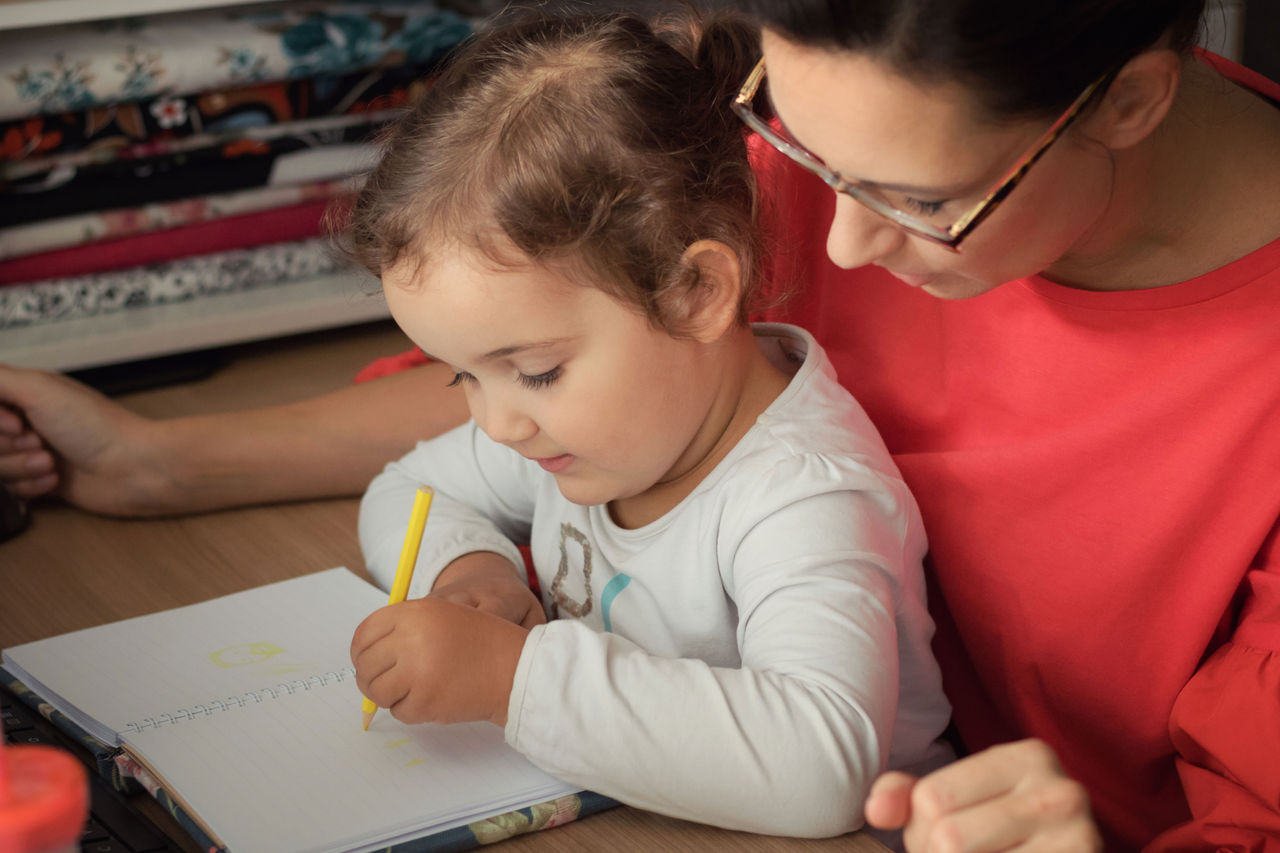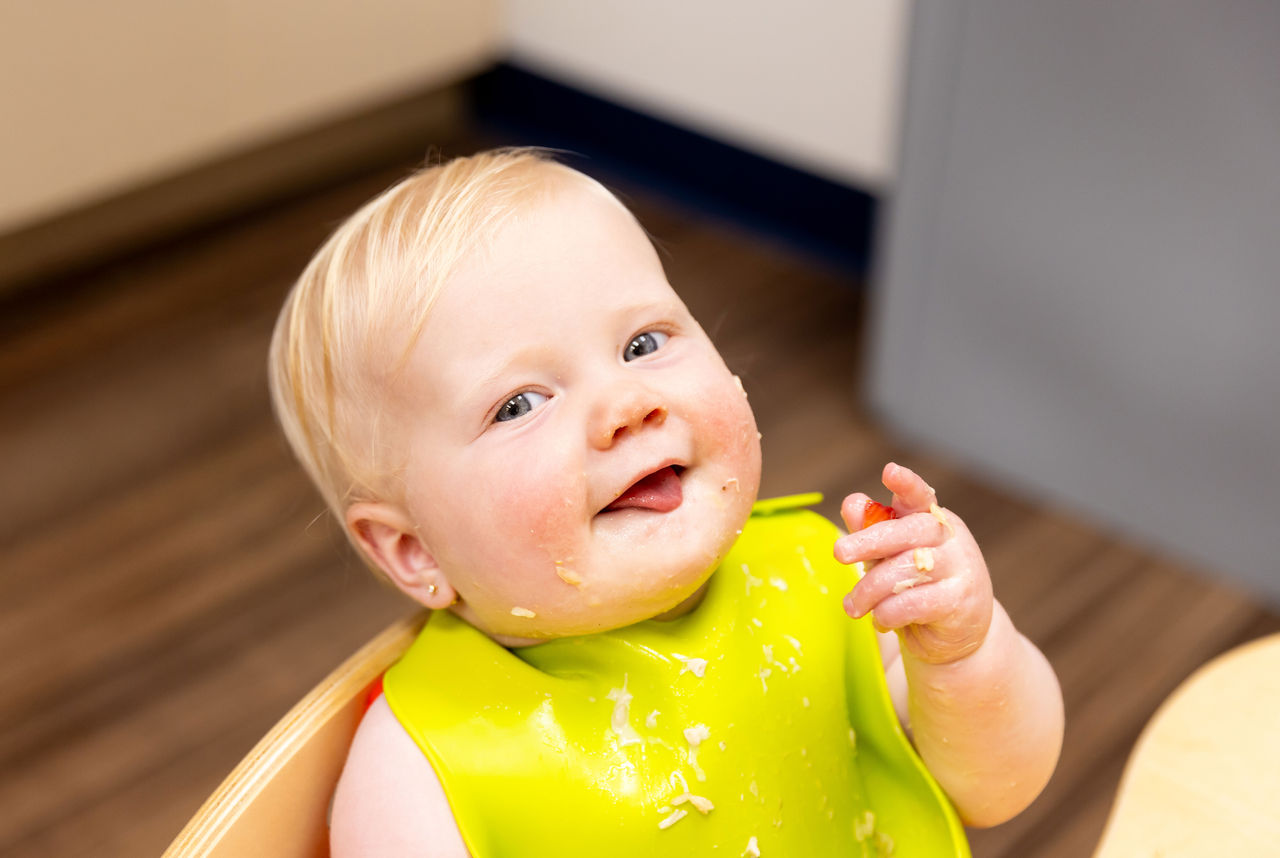As a parent, it's natural to want the best for your child. You strive to create a nurturing and supportive environment, but with so much conflicting advice out there, it can be challenging to know where to start. Positive parenting is an approach that focuses on building strong relationships, setting clear boundaries and promoting a child's social and emotional development. Here are four key points to remember as you practice positive parenting and create a harmonious home environment that fosters growth and well-being for your child.
1. Positive relationships are the keys to positive discipline.
Caregivers must build a loving, trusting relationship with the children in their care because this relationship sets the foundation for everything. Children need to feel safe and secure; if they don’t, they’re more likely to exhibit challenging behaviors.
2. Step back and determine the reason for the behavior.
The first step in implementing positive discipline is to understand the reasons for challenging behaviors. As adults, we must prevent ourselves from escalating the situation, no matter how frustrated we may feel. For example, if your child is having a tantrum, reframe your thoughts about it. Ask yourself, “What response is my child looking for?” They may be looking for connection.
All behavior, appropriate or not, is a reaction to a stimulus. Use the challenging behavior as a teaching moment to help you figure out what may have caused this behavior. Remember, children learn social-emotional responses, including body language, from adults.
3. Don’t explain appropriate and inappropriate behavior during a meltdown.
During a meltdown, children don’t have the bandwidth to understand rational ideas. That doesn’t mean you should walk away. Instead, show them how to calm down. Some ideas include breathing deeply, squeezing a stuffed animal, sitting in a “cozy corner” or blowing a pinwheel. Whatever you choose should focus on helping them get their negative feelings out. Once your children are calm, you can explain why the behavior was inappropriate and reinforce appropriate ways to respond to situations that upset them.
4. Remember PIES, STAR and ART
Children feel confident when their environment meets their PIES needs: their physical, intellectual, emotional and social needs. By ensuring all their PIES needs are met, caregivers have a greater chance of preventing challenging behaviors. If a challenging behavior occurs, remember to STAR: smile, take a deep breath and relax. Then you can act by demonstrating the ART principles: acknowledge the child’s feelings, respond to those feelings and think about how to respond with empathy and clear expectations.
How do you practice positive discipline at home?




